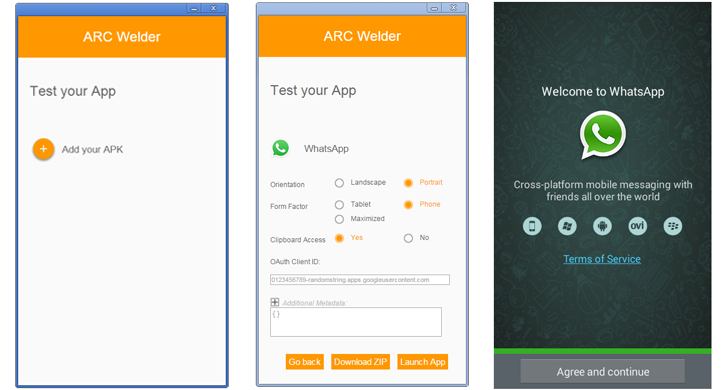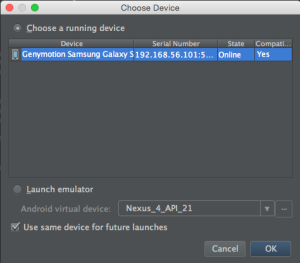
Holding down Alt or Option reveals two finger points. Moving the mouse moves one finger and the second finger is mirrored across an anchor point. Clicking the left mouse button enables pinch-zoom gestures and clicking the right mouse button enables two-finger rotate gestures (such as to tilt the perspective when viewing a map). The panel on the right side of the emulator lets you perform common tasks, such as rotate the screen, capture screenshots, and zoom in on the display.

To install apps, you can drag and drop an APK right on the emulator. #How to run an apk file in android studio emulator in mac install You can also drag and drop other file types and they'll be saved to the /sdcard/Download/ directory.Īt the bottom of the toolbar on the right is an ellipsis button that opens the Extended Controls window. In here you'll find various controls that invoke device events and mock device sensors. Keyboard shortcuts are available for most actions and are listed in the Help panel, listed on the left. Once you make sure you have the appropriate emulator system image and other tools: The new Android Emulator is available with Android Studio 2.0 or higher, which is available in both the Stable, Beta and Canary channels. Open the SDK Manager from Android Studio.Ĭlick the SDK Platforms tab, and select the check box for a recent version such as the Android 6.0 (Marshmallow). You can see and modify the files to download by clicking Show Package Details at the bottom-right.Ĭlick the SDK Tools tab, then select the check boxes for the following:Īndroid SDK Tools ( 25.0.0 or higher to get the new emulator)Īndroid SDK Platform-Tools (23.1.0 or higher to get the fast ADB) By default, this includes the x86 system image that you need for the emulator. Intel x86 Emulator Accelerator (HAXM installer) (rev 6.0.1 or higher to get CPU acceleration) #How to run an apk file in android studio emulator in mac download To take advantage of the new Android Emulator and adb speeds, you need to create new AVDs. In this example below, we are creating a Nexus 5x AVD. Open the AVD Manager from Android Studio. Select a system image, such as Marshmallow - API 23 - x86.


The number of cores available depends on the number of cores available on your development machine.



 0 kommentar(er)
0 kommentar(er)
